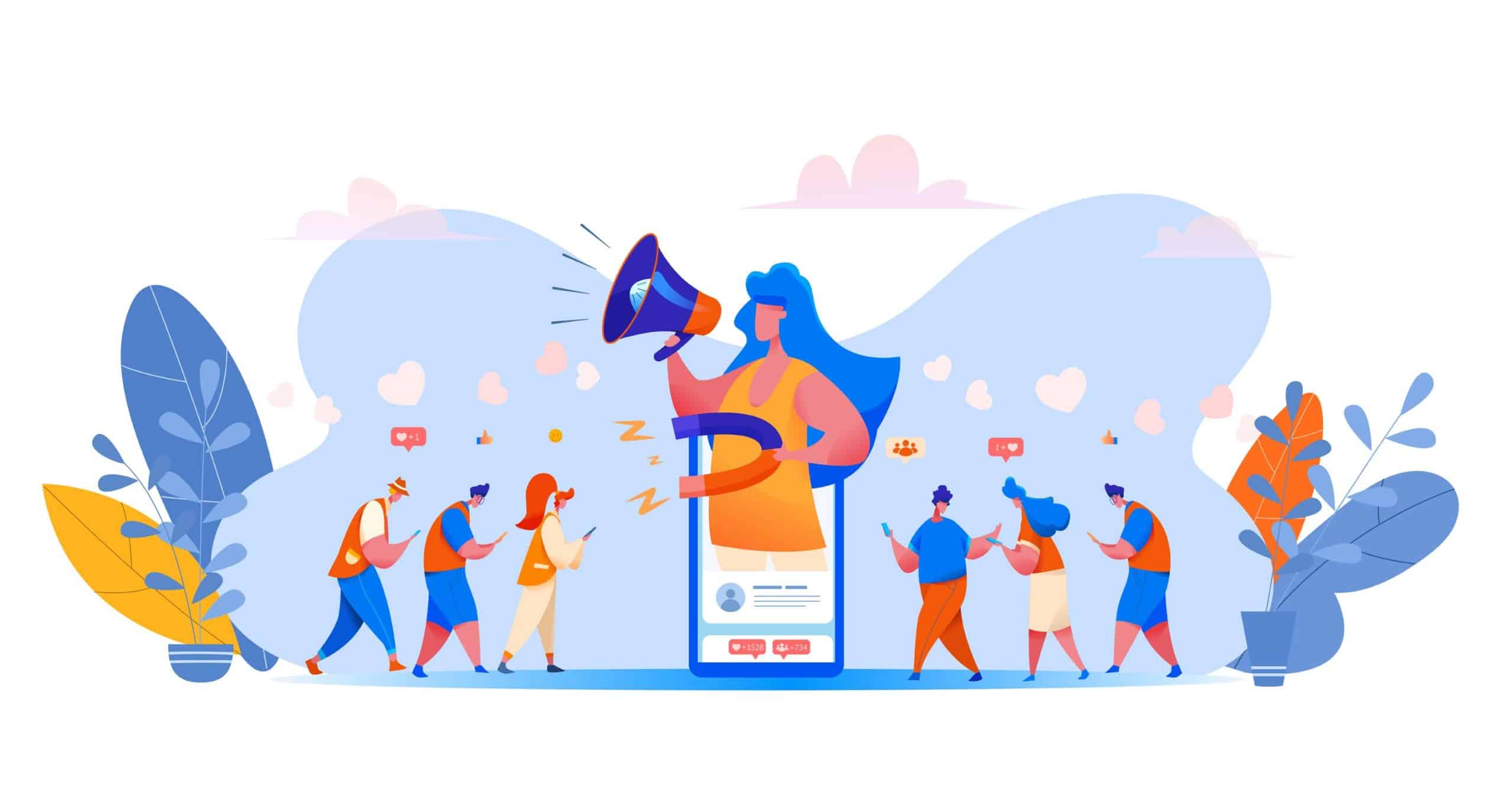What Makes A Good User Acquisition (UA) Strategy: Adjust Guest Post

This is a guest post from Adjust, mobile attribution, analytics and fraud prevention company.
A well-rounded user acquisition (UA) strategy is vital for apps aiming to grow their user base. If you don’t have a strategy, you’re left to guess what’s effective — and will miss out on swathes of opportunities to optimize, convert more users, and experiment with campaigns. How you structure your strategy will depend on your app’s vertical, the resources you have, and the KPIs you put into place, but the bread-and-butter stays the same.

In this blog, we take a look at the typical steps and elements that make up the basis for a good UA strategy across all verticals and break down the importance of proactive fraud prevention.
Learn About Your Users
Before you start acquiring new users, it’s important to have a clear understanding of your app’s unique value proposition, brand strategy, and a set audience to target — along with the budget to reach them. A UA strategy allows you to learn what users want from your app, which users are of the highest value to you, and what can be done to increase return on investment (ROI).

It also means removing guesswork because you have the data and information needed to inform your overall strategy — and target the users you actually want — to achieve optimal results. Basically, you want to build personas and get to know your users, what problems they have, where they look for solutions, and how your product can help them.
Choose The Right Marketing Channels
For maximal efficiency and effectiveness, finding the right mix of channels and the campaigns that work for them is an important part of UA and business development. If you’ve already developed personas, these will function as the building blocks for knowing which channels to target them on and with which types of campaigns to run. Refining it to an exact science will come with A/B testing and time.
- Paid campaigns
Paid channels are the bread and butter of user acquisition, they enable you to advertise your app and encourage users to install. Channels include Facebook Ads, Apple Search Ads, and Google’s UAC. The most important thing to do when using paid channels is to define target audiences, that way you’re exposing ads based on demographic-specific criteria, whom you can test on and learn what works best. For more information on paid UA, you can download Adjust’s Paid User Acquisition Guide here. - Organic and ASO
App Store Optimization (ASO) is the first step that should be taken for any app looking to acquire users. It’s a hugely valuable, cost-effective method of bringing users to your app. You can think of ASO as the mobile web version of SEO, where you perfectly optimize your app store entry to achieve the highest ranking possible. When you create engaging content that fits the app store’s indexation requirements, ASO gives you the potential to attract high-value users without the costs that come with paid campaigns. The most important things to get right are:- Use relevant keywords in your app’s title
- Use relevant keywords in the description
- Localize content for all target markets
- Choose the best-fitting primary and secondary app categories
- Submit relevant and engaging screenshots and videos that demonstrate your user experience and what your app offers
Working with an ASO platform like Appfollow or AppTweak can also help ensure you’re hitting the mark wherever possible, and provide insights and tips for continued optimization.
- Email marketing
Email marketing can be an effective way to acquire users at a relatively low cost. With the right software that supports sending automatic emails, you can reach large audiences directly and see a great ROI. - Social media and influencer marketing campaigns
In addition to advertising with paid campaigns on social media, using the networks organically is another great way to drive traffic and installs for your app. Influencer marketing takes it a step further – working with different types of influencers whose followers are your target market will help you reach new users who have come through a trusted source.
Automation
As your app grows, automation will become an essential tool to optimize your workflow, data management, and overall ROI. By reducing the heavy lifting and freeing up time, teams are able to focus on analysis and creatives that can help you push further forward.

Without automation, marketing managers have to handle countless channels and switch between tools and dashboards trying to unify data and determine where users are being acquired, at what cost, and what their customer journey looks like. Marketing automation tools, like Adjust Automate, simplify this process by providing the necessary insight into a user’s entire journey. You see how they arrived at the app, how they interact with it, and how their in-app behavior compares across channels, campaigns, and cohorts.
Automation is also beneficial to UA in campaign optimization, where you can simplify how you manage campaigns to scale mobile marketing faster, maximize ROI and invest in the channels that are bringing the best users. Instead of cross-checking data from multiple channels, you can use a tool to effortlessly identify the campaigns that are meeting performance goals.
Protect Ad Spend From Mobile Fraud
Mobile ad fraud is a universal issue that impacts all verticals, and recent Adjust data shows that it’s continuing to grow. Fraudsters focus on four key methods to steal your ad spend – fake users/bots, SDK spoofing, click injection and click spam. The specific breakdowns differ from vertical to vertical, but the solution for all apps is the same. It’s essential to invest in a proactive solution. Fraudulent activity in gaming, for example, increased by 173% between August 2019 and August 2020 worldwide, and by 310% in the US.
Most fraud prevention products on the market are ‘reactive,’ and don’t work to prevent fraud, providing only after-the-fact information on whether fraud has occurred. Proactive models like Adjust Fraud Prevention work with a real-time rejection model that rejects fraud on a granular level before attributing it. All involved parties are notified and fraudsters are taken out of the picture, keeping data-sets reliable. With fewer funds flowing to fraudsters, they’re disincentivized and switch targets – giving you more time to focus on UA and driving growth.
As with all tiers of marketing, the best user acquisition strategy will be built out of a well-rounded understanding of your users. Once this is established, you can decide which channels to focus on and the types of campaigns you want to tailor to your cohorts. With a thorough understanding of the data you’re working with and the ability to access it in a unified, optimized and automated dashboard, you’ll have a clear overview of where your most valuable users are coming from and be equipped with the tools necessary to report and strategize. Incorporate proactive fraud prevention into your UA strategy from day one and you’ll be well placed to confidently work with clean, accurate data that you can rely on.






